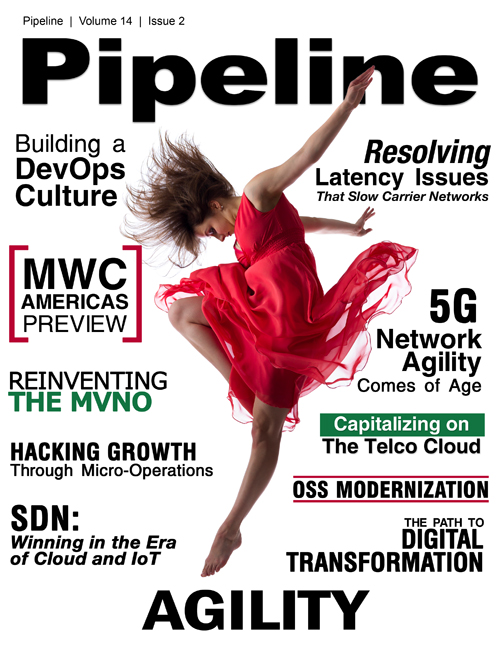Achieving Digital Growth Hacking Through Micro-Operations
The Reality
Notice how I continue to use the term ‘change’ and not ‘transform’ or ‘evolve.” This is due to the many cases during which required changes are initially unknown, sometimes requiring complete replacement of the traditional thought as well as existing capabilities. Steps include replacing some traditional IT products, and legacy approaches and roles with a completely new middleware layer, new architecture, coding designs, management practices, and job descriptions. They must all be supported by a new underlying micro-operations practice.
It is important to understand why so many businesses are not successfully addressing the overall operations goals residing on their transformation to-do lists. For one, there seems to be a belief that to become an agile digital business you need only integrate the latest new IT products and systems, implement agile project best practices, write up some new marketing slogans and then take to new digital ways. There is a gap that exists, as many anxious businesses only look at how existing successful digital companies deliver at a customer-facing level (engagement, delivery, and customer support). Though part of the solution, those components alone will not enable truly constant delivery with speed, efficiency, effectiveness, and intelligence, nor will they enable a company to achieve the holy grail of actually delivering new digital products that consumers actually want.
Successful digital companies have been designed to operate exceptionally well as autonomous entities that support coexisting holistic goals, which is the real reason they have become so successful so quickly. They are tech companies that know how to develop in real time new approaches that leverage unique operational practices to assess, design, and implement digital solutions. Their products are secondary to how they operate and innovate — critical in the digital world.
That said, many non-digital companies need to face reality. Most are not tech companies and do not develop products; rather, they are simply connectors, integrators, sellers, and call centers. One example is in the telecommunications industry, where an important first reality is recognizing whether a CSP wants to be a true “communications services provider,” or more simply, a “connection service provider.”
Converting a Failed Past Into a ‘Win’
As we all know, many CSPs missed their opportunity after the dot-com crash to evolve their communications products properly and have thus been little more than pipes during the first digital wave. It seems that the current reality for some might be the same, as some CSPs are on track to repeat the same mistakes with the next wave where 5G, VNFs, and IoT are going to become mainstream. They will lose out to the likes of Whatsapp?, Facebook, Amazon, Google, and the thousands of other companies creating products that generate revenues for innovators riding over operators' networks at no cost.
Though they have been building significant omnichannel strategies as well as building exceptional new network services, many CSPs are only evolving past products or reselling third parties' digital products. They are not truly “ changing” how they operate at the developer, operational, and executive level in this time of building and selling completely new sets of digital products — many of which they don't even know yet.
The CSPs' biggest challenges should be viewed as its biggest opportunities. With vast amounts of talented operational teams, data and resources, and the expertise around one of the most important components in digital services — communications among “things” — CSPs have what it takes to drive innovation.
The critical issue as they mature in the truly digital and constantly connected era is one of consumers’ shifts toward engaging in lifestyles and experiences versus shopping for products. Consumers click and focus on the outcome, possessing zero understanding of what happens behind the scenes to achieve the desired end result.



















